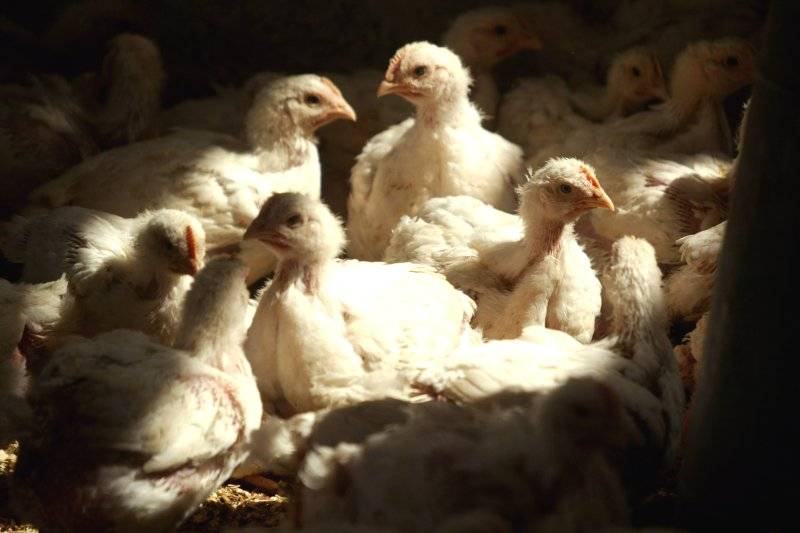Annie
Diamond Member
- Nov 22, 2003
- 50,848
- 4,827
- 1,790
Links at site:
http://instapundit.com/archives/029374.php
http://instapundit.com/archives/029374.php
March 27, 2006
AVIAN FLU UPDATE: A worrisome report:
The spread of avian influenza to at least 29 new countries in the last seven weeks one of the biggest outbreaks of the virus since it emerged nine years ago is prompting a sobering reassessment of the strategy that has guided efforts to contain the disease. . . .
The speed of its migration, and the vast area it has infected, has forced scientists to concede there is little that can be done to stop its spread across the globe.
"We expected it to move, but not any of us thought it would move quite like this," said Dr. David Nabarro, the United Nations' coordinator on bird flu efforts.
Even if bird flu never mutates into a human-transmissible form, this should be a wakeup call about our preparedness for pandemics generally. The good news is that people seem to be noticing. One datum: Our podcast interview with Bill Frist on the subject is our most popular so far, with over 330,000 downloads. Interestingly, a much higher percentage of them are the lo-fi dialup variety than for our other episodes; I'm not sure what that means, but I'm guessing that there's more international interest in the topic.
posted at 10:26 AM by Glenn Reynolds






